At a tumultuous turning point in life, over 10 years ago now (and, therefore, more than 10 years after reaching “adulthood”…), I joked that I had “just started dressing myself.” With only a decade, therefore, of “experience,” I’m no huge authority. But I know that one can always learn about clothing, especially in the mountains. I have skied for decades and am always learning something about clothing. For instance, did you know that a Norwegian company makes awesome cotton ski touring pants? Did you know that those might be a great idea, sometimes? Anyway, maybe something below will speak to you.
Let’s talk about your backcountry ski clothing in terms of your backcountry ski career “progression.” From your first trials to full expedition-level commitment, you will acquire and employ clothing in different, advancing, and wardrobe-accruing fashions.

All this assumes some level of familiarity with the basics of outdoor weather protection: Fit is key, materials matter, “be bold, start cold,” carry enough warmth to stand/sit around, etc.
Phase 1: Your very first human-powered skiing
(TLDR? Use your regular resort clothes, but add a sun hat and sunglasses.)
Let’s assume that you have a pretty healthy and comprehensive ski resort wardrobe. (This isn’t a bold assumption; you probably oughta have a pretty healthy and comprehensive ski resort background before your first backcountry ski excursions.) We’re talking hardshell tops and bottoms, various base and insulating layers, and random “accessories” for the appendages. (Throughout your ski career, don’t let a lack of the “perfect” outfit stand in your way. People have been slogging and skiing and enjoying in heinous conditions since long before nylon. Nonetheless, enhance your experience with some attention paid to how you dress.)
What might you need to grab from this collection, how should you wear it, and what might you want to add for this first foray? Top to bottom:

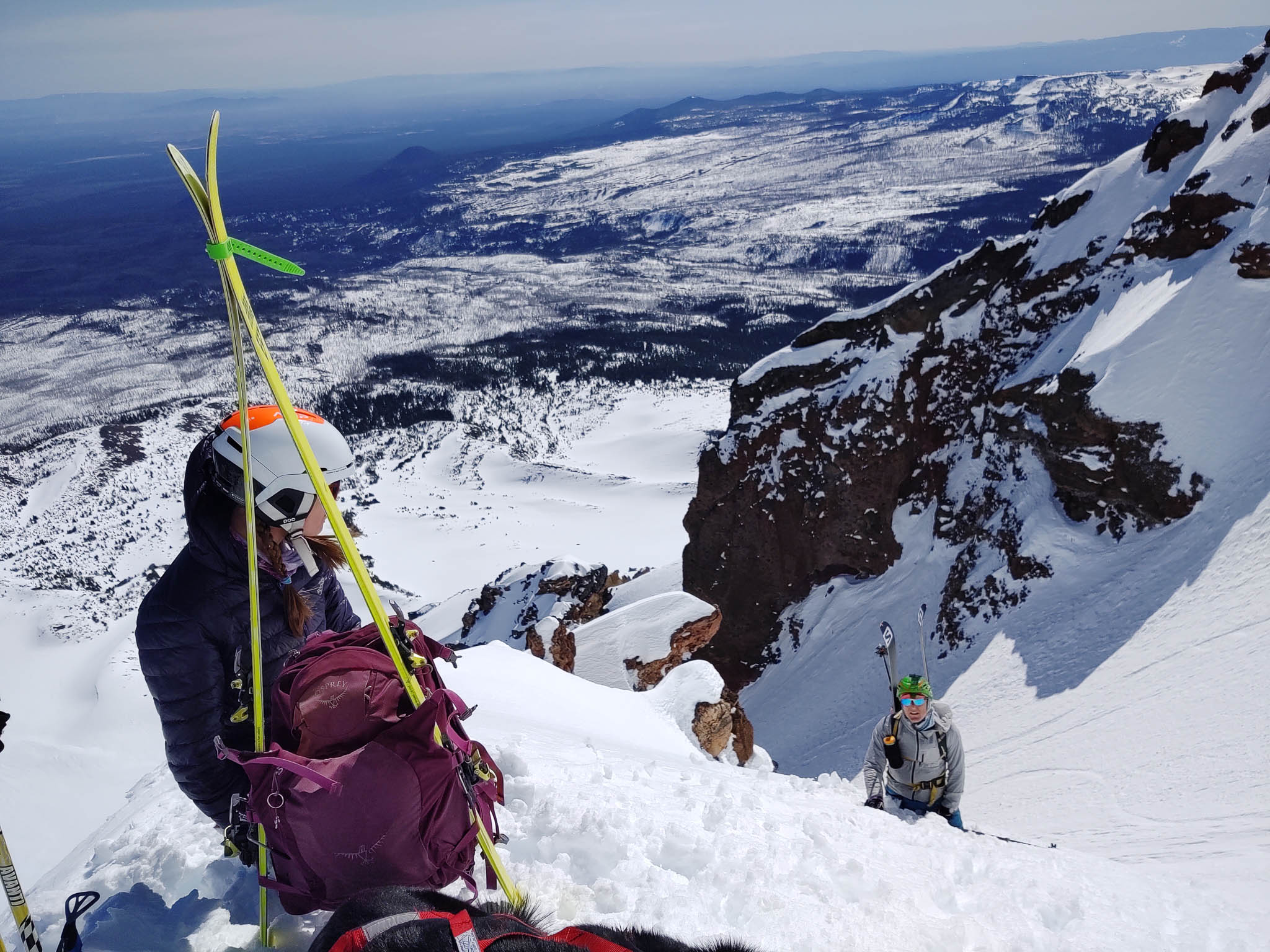
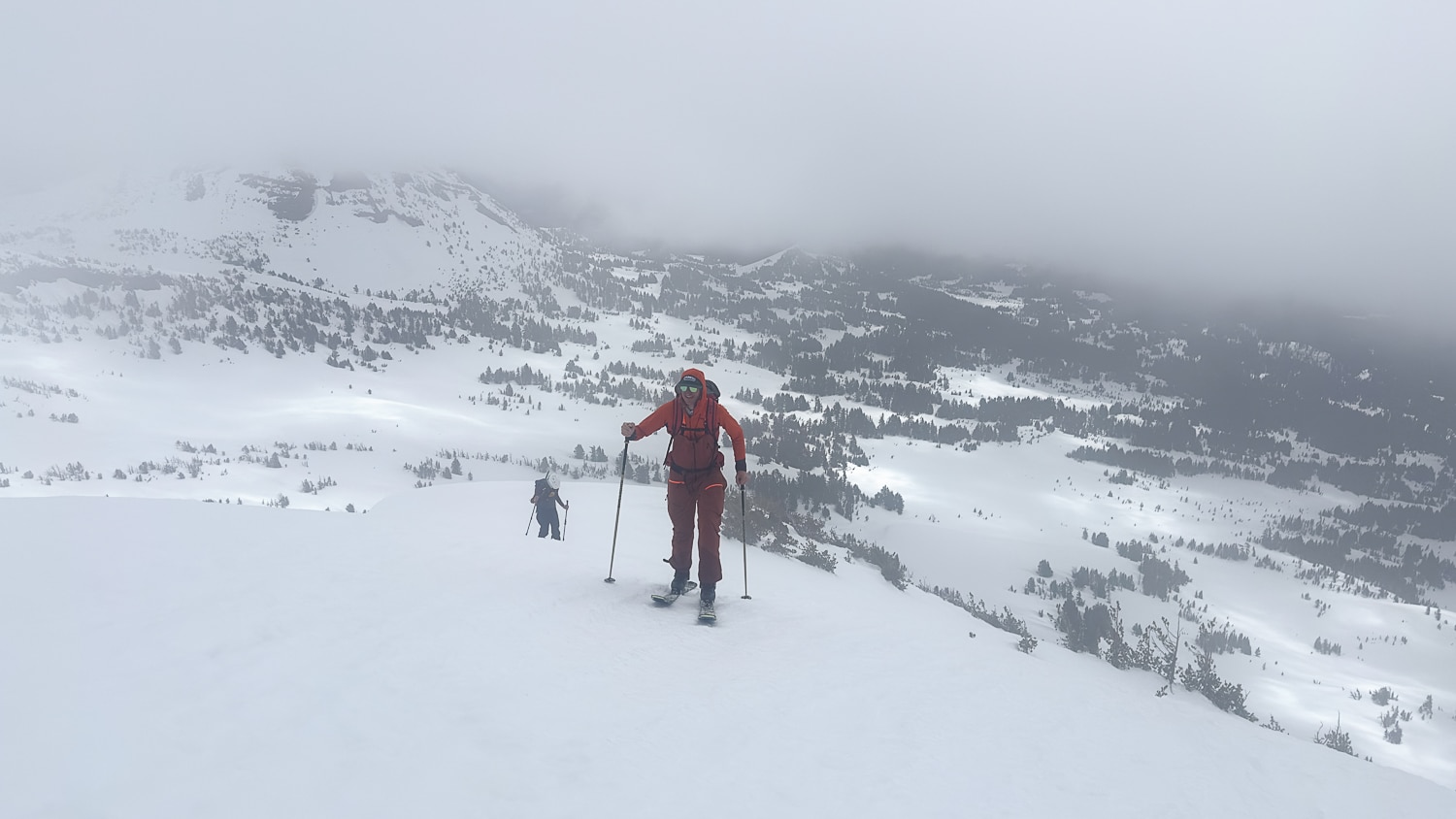
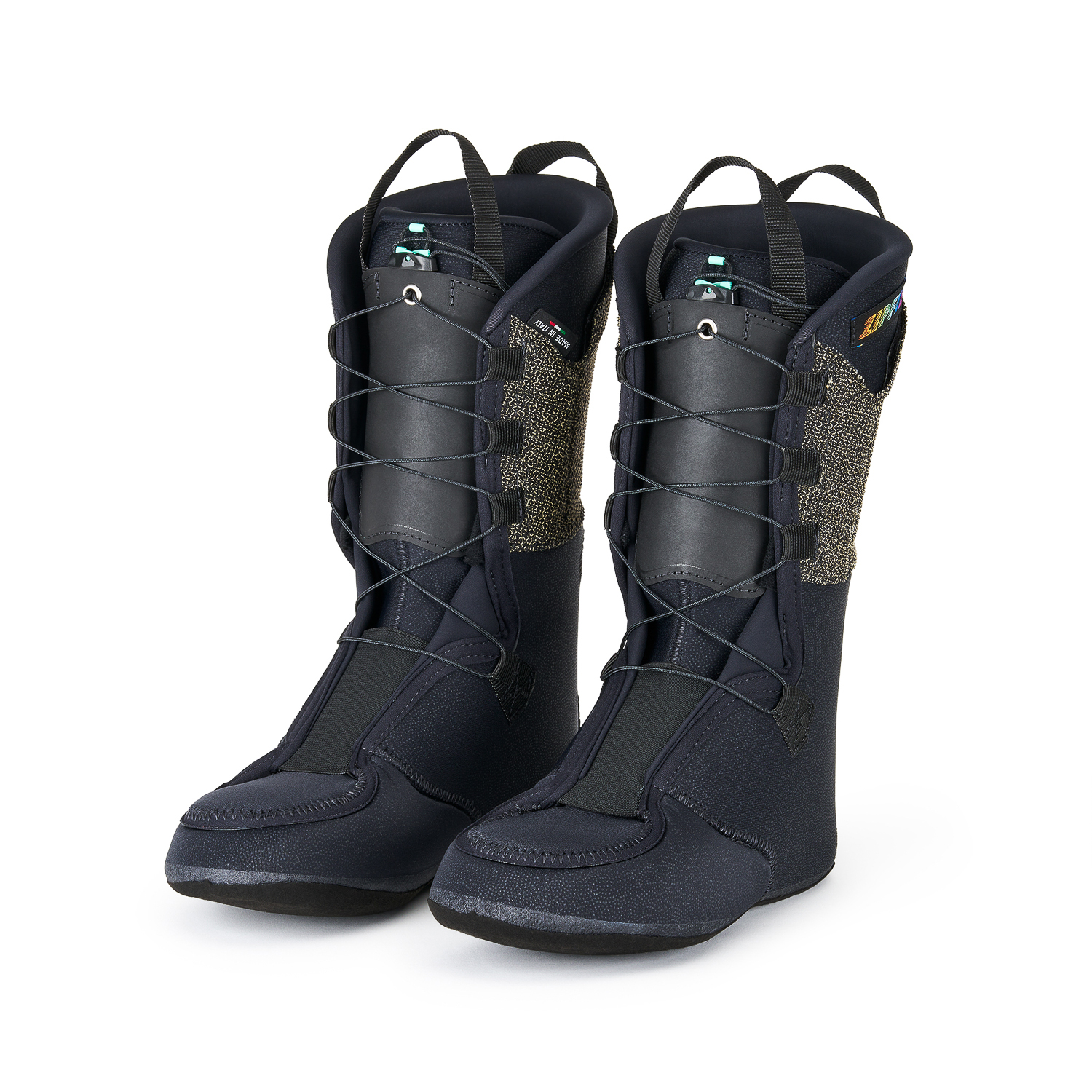
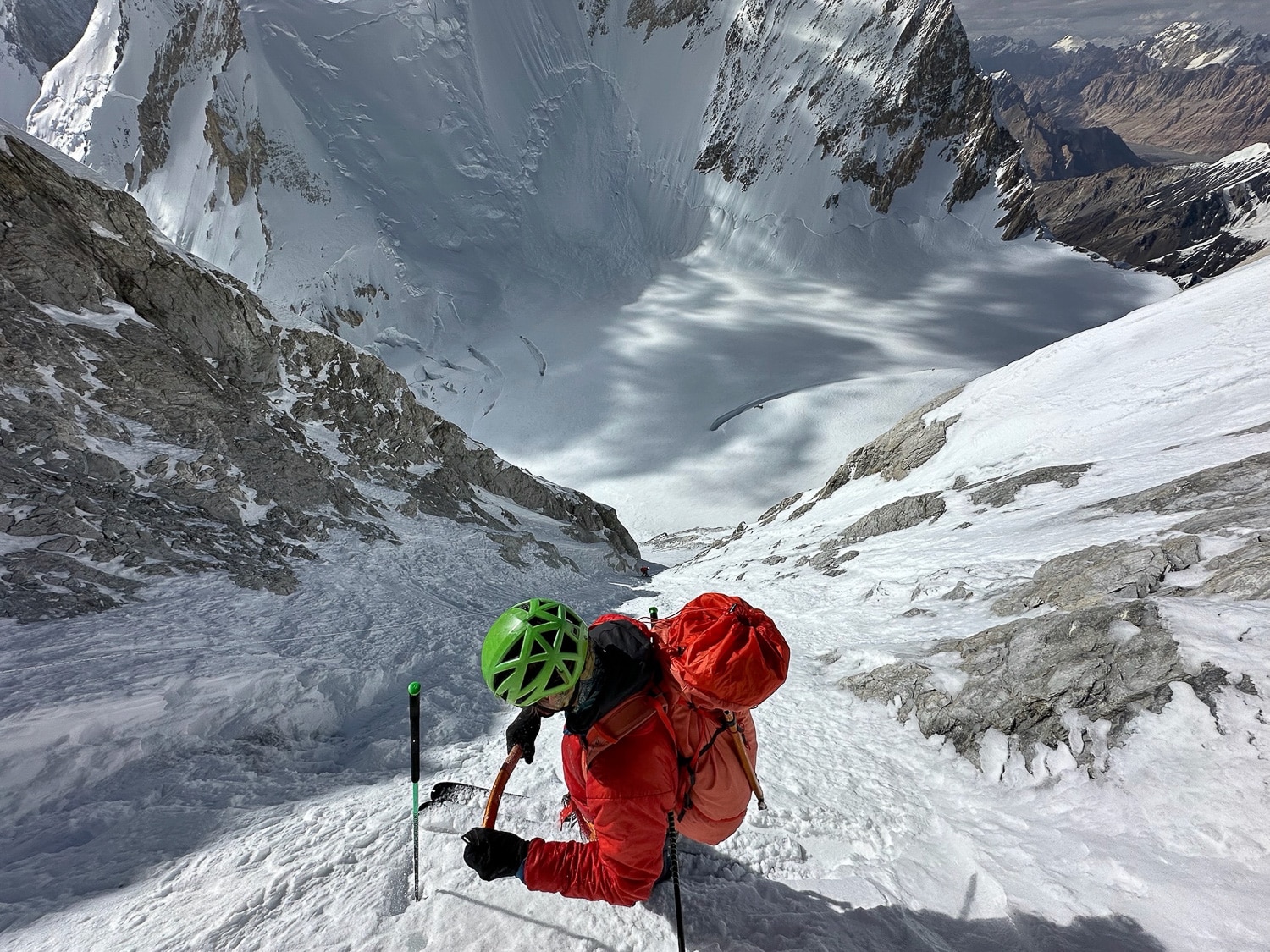
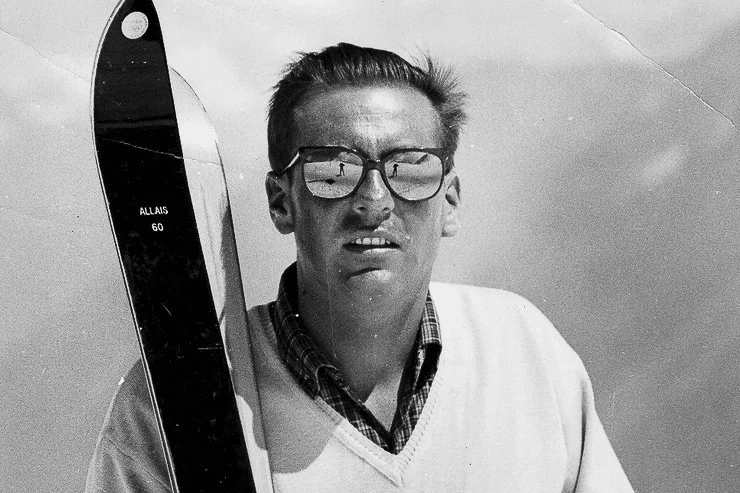
Leave a Reply
You must be logged in to post a comment.